Authors
D. Pinault.
Lab
Faculté de Médecine, INSERM U405, Laboratoire d’anatomo-électrophysiologie cellulaire et intégrée, Strasbourg, France.
Journal
Journal of Neuroscience Methods
Abstract
Standard large craniotomies induce undesirable brain motions during intracellular recordings in whole animal preparations. Practically all of the papers available in the literature outline a number of specific methodological approaches designed to avoid this inconvenience. Our study describes a new craniotomy–duratomy, which consists of the maintenance of a thin bone membrane and dura mater surrounding the small hole opened for lowering the recording micropipette. This new surgical preparation avoids brain movements by keeping the brain’s volume constant within the cranial cavity and does not require additional technical procedures. It is an all-purpose surgical technique, although it was developed in anaesthetized rats while studying spatio-temporal dynamics of cellular interactions associated with thalamocortical oscillations. It significantly improves both the precision of stereotaxic approaches and the success rate of single-cell recordings (e.g., current-clamp intracellular and paired recordings) compared to standard craniotomy/electrophysiology techniques.
Source :
http://www.sciencedirect.com/science/article/pii/S0165027004002419

 Pain - Thermal Allodynia / Hyperalgesia
Pain - Thermal Allodynia / Hyperalgesia Pain - Spontaneous Pain - Postural Deficit
Pain - Spontaneous Pain - Postural Deficit Pain - Mechanical Allodynia / Hyperalgesia
Pain - Mechanical Allodynia / Hyperalgesia Learning/Memory - Attention - Addiction
Learning/Memory - Attention - Addiction Physiology & Respiratory Research
Physiology & Respiratory Research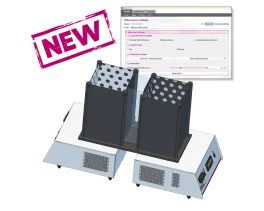
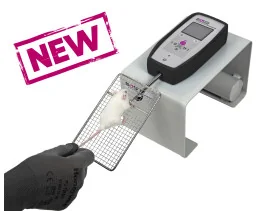
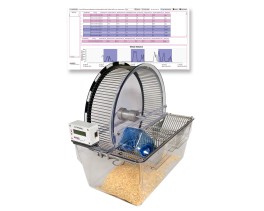

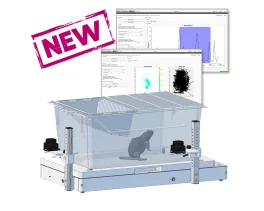

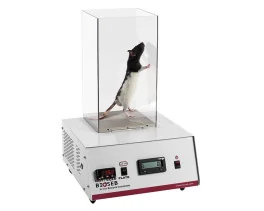


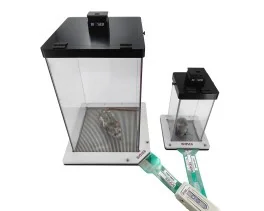

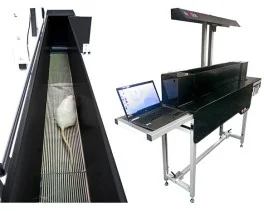
![Dynamic Weight Bearing 2.0 – Postural Module [Add-on]](https://bioseb.com/733-home_default/dynamic-weight-bearing-20-add-on-postural-module.jpg)



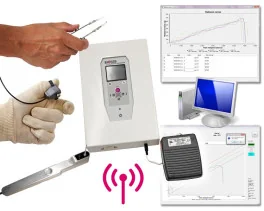

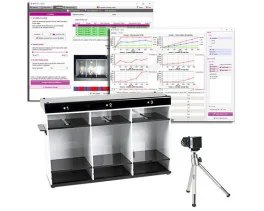
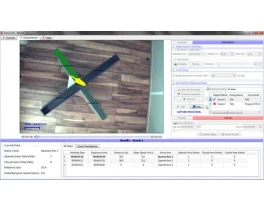
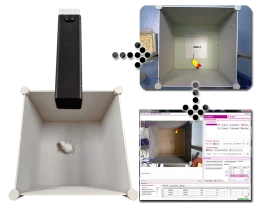


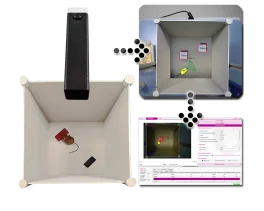
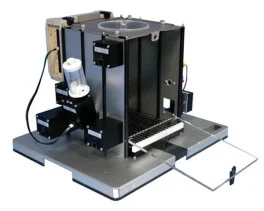
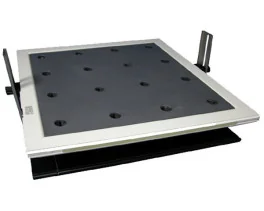
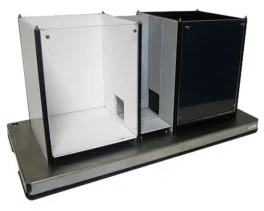


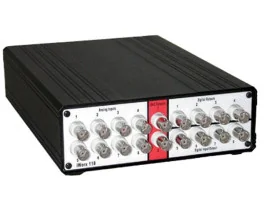

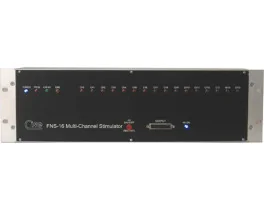
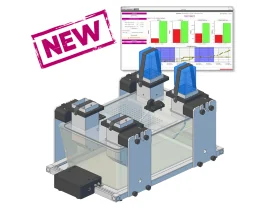




 Pain
Pain Central Nervous System (CNS)
Central Nervous System (CNS) Neurodegeneration
Neurodegeneration Sensory system
Sensory system Motor control
Motor control Mood Disorders
Mood Disorders Other disorders
Other disorders Muscular system
Muscular system Joints
Joints Metabolism
Metabolism Cross-disciplinary subjects
Cross-disciplinary subjects CONFERENCES & MEETINGS
CONFERENCES & MEETINGS